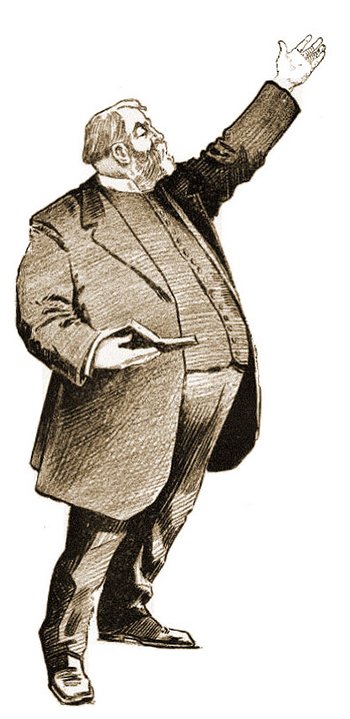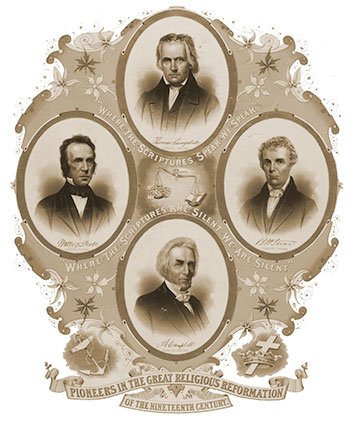Mid-Twentieth Century Revivals
1949 – Hebrides Islands, Scotland – Duncan Campbell
Following the trauma of World War II, spiritual life was at a low ebb in the Scottish Hebrides. In 1949, from their cottage near Barvas village on the Isle of Lewis (the largest of the Hebrides Islands in the bleak northwest of Scotland), Peggy and Christine Smith, aged 84 and 82, started praying constantly
for revival. God showed Peggy in a dream that revival was coming. Months later, early one winter’s morning as the sisters were praying, God give them an unshakable conviction that revival was near.
Peggy asked her minister, James Murray Mackay, to call the church leaders to prayer. Three nights a week, for several months, the leaders prayed together. One night, having begun to pray at 10 p.m., a young deacon from the Free Church read Psalm 24 and challenged everyone to be clean before God. As they waited on God, His awesome Presence swept over them in the barn at 4 a.m.
Mackay invited a man named Duncan Campbell to come and lead meetings. Within two weeks he came, despite having previous engagements. God had intervened and changed Duncan’s plans and commitments. At the close of his first meeting in the Presbyterian church in Barvas, the travel-weary preacher received the invitation to join an all-night prayer meeting! Thirty people gathered for prayer in a nearby cottage. Duncan Campbell described it:
God was beginning to move, the heavens were opening, we were there on our faces before God. Three o’clock in the morning came, and God swept in. About a dozen men and women lay prostrate on the floor, speechless. Something had happened; we knew that the forces of darkness were going to be driven back, and men were going to be delivered. We left the cottage at 3 am to discover men and women seeking God. I walked along a country road, and found three men on their faces, crying
to God for mercy. There was a light in every home, no one seemed to think of sleep (Whittaker 1984, 159).
When Duncan Campbell and his friends arrived at the church that morning, it was already crowded. People had gathered from all over the island, some coming in buses and vans. No one discovered who told them to come. God led them. Large numbers were converted as God’s Spirit convicted multitudes of sin, many lying prostrate, many weeping. At the end of that amazing day in the church, Duncan Campbell pronounced the benediction; but then a young man began to pray aloud. He prayed for 45 minutes. Once more the church filled with people repenting, and the service continued until 4 a.m. the next morning before Duncan could pronounce the benediction again.
Even then he was unable to go home to bed. As he was leaving the church a messenger told him, “Mr. Campbell, people are gathered at the police station, from the other end of the parish; they are in great spiritual distress. Can anyone here come along and pray with them?”
Campbell went and what a sight met him. Under the still starlit sky he found men and women on the road, others by the side of a cottage, and some behind a peat stack— all crying to God for mercy. The revival had come (Whittaker 1984, 160).
His mission continued for five weeks. Services were held from early morning until late at night and into the early hours of the morning. The revival spread to the parishes around Barvas with similar scenes of repentance, prayer, and preaching. People sensed the awesome Presence of God everywhere. That move of God, which came in answer to prevailing prayer, continued in that area into the 1950’s and peaked again on the previously resistant island of North Uist in 1957. Meetings were again crowded, and night after night people cried out to God for salvation.
© Geoff Waugh. Used by permission.



